BMAC Injection for Knee Osteoarthritis in Korea
(Autologous Bone Marrow Aspirate Concentrate Injection)
Refresh your knees with your own bone marrow.
What is A Bone Marrow Aspirate Concentrate (BMAC) injection?
When we’re young our knee joints are healthy, but as we age the joints wear out, causing pain, inflammation and swelling as the cartilage and surrounding tissues wear away. Cartilage has no blood vessels and no stem cells for regeneration, so once it is damaged, it does not regenerate naturally.
If it progresses to degenerative arthritis, artificial joint surgery is considered as a last resort. Alternatively, autologous bone marrow aspiration concentrate injections can be used to treat the condition.
After harvesting bone marrow from the patient’s hip and centrifuging it, the resulting bone marrow aspirate concentrate (BMAC) is injected into the knee joint, which helps relieve pain and improve joint function.
- 1. Since autologous bone marrow is used, there is no immune rejection.
- 2. The autologous bone marrow harvesting process is simple and performed under local anesthesia.
- 3. There is no risk of genetic modification as it is not grown externally.
- 4. The procedure can be performed quickly and provides fundamental treatment rather than temporary effects.
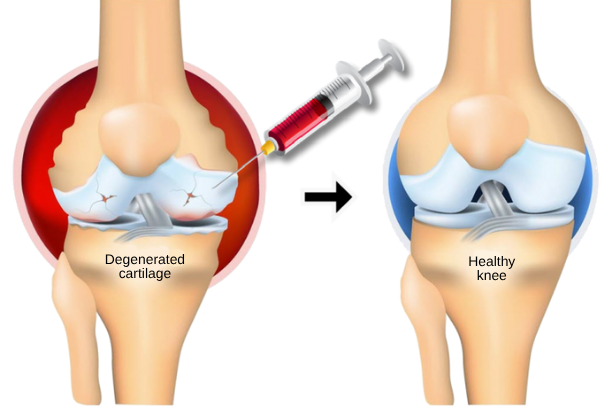
|
Conventional Treatments |
Autologous Bone Marrow Aspirate Concentrate (BMAC) Injection |
|---|---|
|
|
Autologous BMAC Injections: Procedure
In order to accurately diagnose the condition of the patient’s knee joint, the degree of cartilage damage and the progression of degenerative arthritis are evaluated using imaging devices such as MRI or X-ray to determine whether autologous bone marrow aspirate injection can be effective.
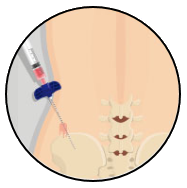
STEP 1: Autologous bone marrow collection
Autologous bone marrow is harvested from the patient’s body.
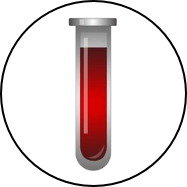
STEP 2: Cell Filtering
Bone marrow injection extracted with a high-performance kit.
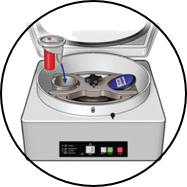
STEP 3: Centrifugation
Ultra-high-speed centrifugation in progress.
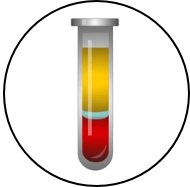
STEP 4: Bone Marrow Plasma Removal
Separation of red blood cells and plasma layers.
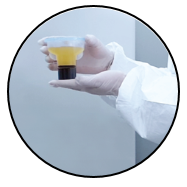
STEP 5: Extraction and concentration of mesenchymal cells
Concentrating the extracted mesenchymal cells.
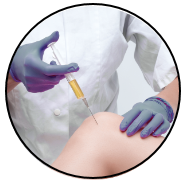
STEP 6: Bone marrow aspirate concentrate injection
Bone marrow aspirate concentrate (BMAC) is injected into the knee.
Who Would Benefit from autologous BMAC Injections?
Patients with degenerative arthritis whose cartilage is damaged but whose leg bones are not yet deformed can receive treatment. In the late stages of degenerative arthritis where the knee cartilage is completely worn away, treatment using autologous bone marrow is not very effective, so artificial joint surgery should be considered.
There are KL grades, which indicate the degree of degenerative arthritis, and ICRS grades, which indicate the degree of cartilage damage, in the examination grades using imaging devices. Patients with knee arthritis of KL grade 2~3 and ICRS grade 3~4 are candidates for BMAC injection.
👉 Patients with mild arthritis symptoms (grade 1) or advanced arthritis (grade 4) may not see significant results.
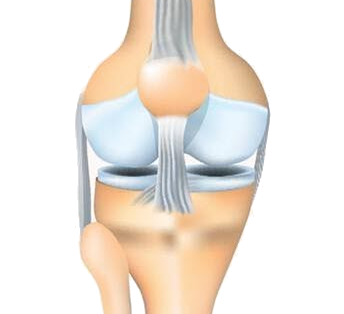
KL 1st class
Intermittent pain when moving the joint
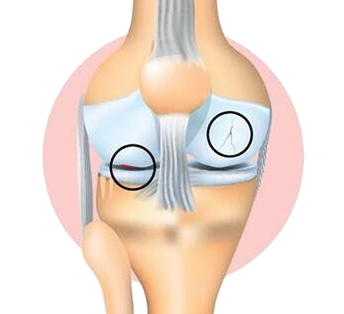
KL 2nd class
Pain worsens when going up and down stairs, and walking becomes unnatural due to constant pain
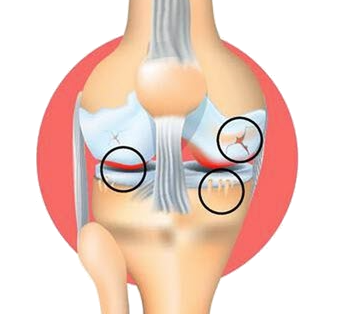
KL 3rd grade
As the cartilage wears away, pain occurs in the knee even when at rest.
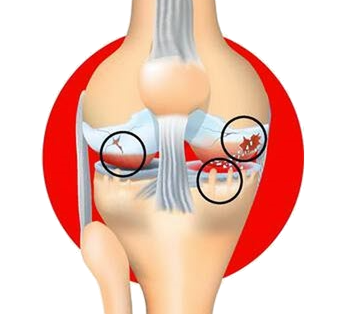
KL 4th grade
Pain that makes daily life difficult due to the cartilage being worn away and bones rubbing against each other
Degenerative Arthritis – Find Joy in Walking Again, with Autologous Bone Marrow Injections
Procedure Process Explanation
Frequently Asked Questions
What is an autologous bone marrow stem cell injection?
An autologous bone marrow stem cell injection involves collecting bone marrow from the patient’s own body, processing it to concentrate the stem cells, and injecting them into the knee joint. This procedure aims to promote the regeneration of damaged knee cartilage and alleviate pain without the need for surgery.
How does the autologous bone marrow stem cell injection differ from traditional treatments?
Unlike traditional treatments that may require incisions, anesthesia, and extended recovery periods, the autologous bone marrow stem cell injection is a non-surgical procedure performed under local anesthesia. Patients can typically return to daily activities immediately after treatment, and there is no limit on the cartilage defect area that can be treated.
Who is an ideal candidate for this treatment?
Ideal candidates are individuals experiencing knee pain that restricts activities such as climbing stairs, hiking, or playing sports. It’s particularly suitable for those with stage 2 or 3 arthritis or cartilage damage who wish to avoid surgery.
What is the procedure process for the autologous bone marrow stem cell injection?
The procedure involves a personalized diagnosis and consultation, followed by the collection of bone marrow from the patient’s hip. The collected bone marrow is then processed to concentrate the stem cells, which are subsequently injected into the knee joint. The entire process is designed to be quick, with patients able to return to daily life immediately after treatment.
What are the benefits of choosing SH Clinic for this treatment?
SH Clinic offers a collaboration system of specialists in each field, patient-tailored 1:1 diagnosis and treatment, and a systematic follow-up management system. The clinic’s approach ensures effective and affordable knee pain relief without the need for surgery.
